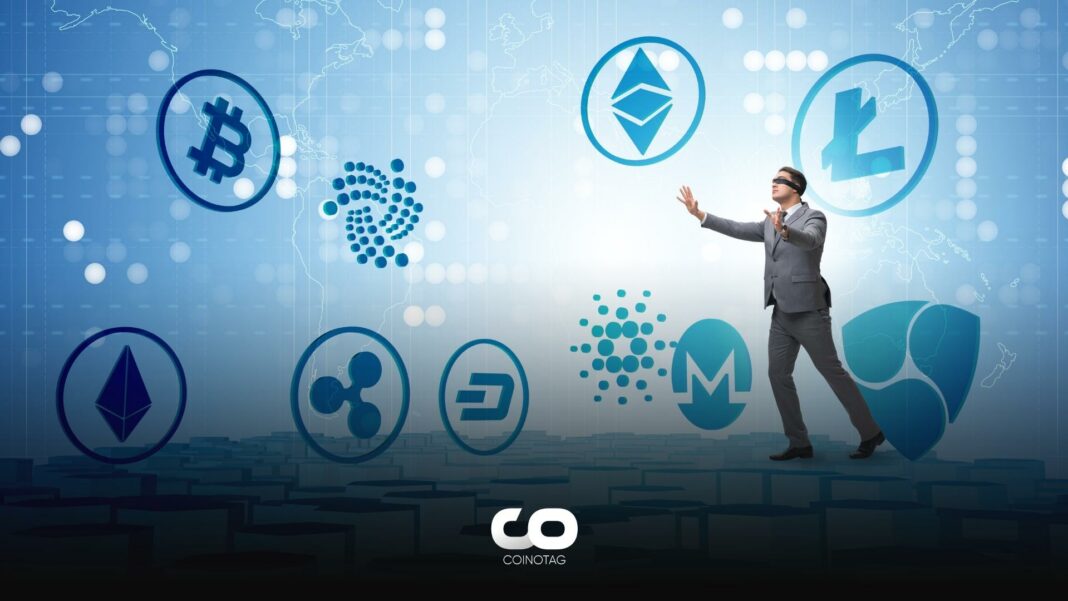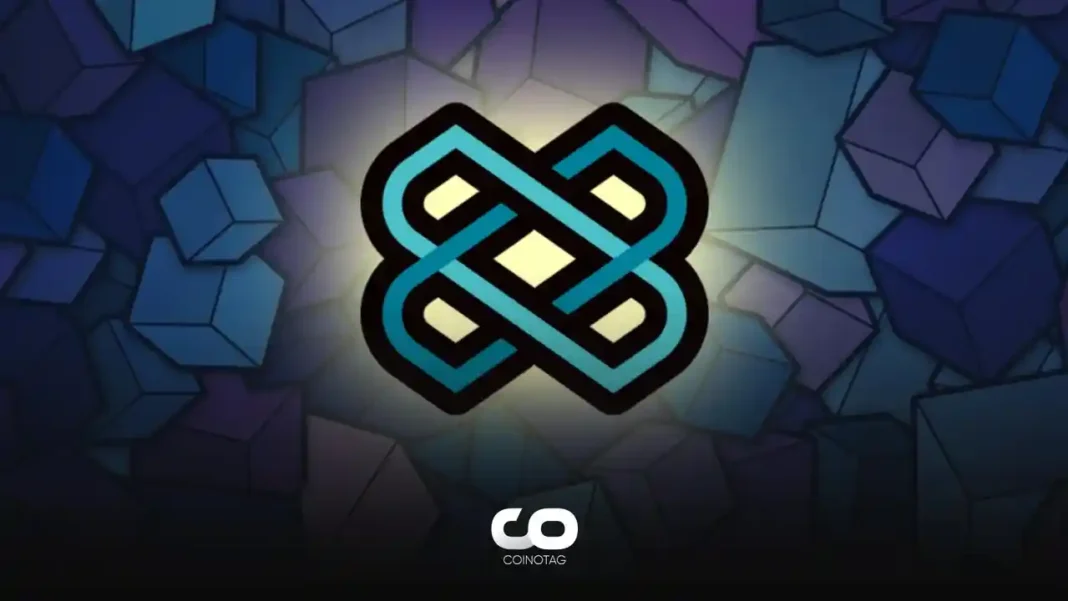- Tokenizing real-world assets on blockchains captures the interest of both crypto enthusiasts and traditional financial experts.
- Maria Shen of Electric Capital emphasizes the utility of RWAs in diverse financial operations, from remittances to in-chain institutions like MakerDAO.
- Stuti Pandey from Kraken Ventures attributes the renewed interest in RWAs to shifts in economics, technology, and enhanced credibility.
As the lines between cryptocurrency and traditional finance blur, tokenizing real-world assets on blockchains emerges as the latest frontier, promising enhanced utility and economic efficiency.
The Evolution of Tokenization
Since the idea of tokenizing assets on blockchains started gaining traction in 2015, it has been largely seen as a domain of financial giants like Citi, JPMorgan, and Northern Trust. These institutions, initially skeptical of Bitcoin and cryptocurrencies, saw potential in the underlying ledger technology. They believed it could revolutionize the financial landscape by offering 24/7 settlement, reduced transaction fees, and guaranteed execution. Today, as the crypto realm becomes increasingly intertwined with the broader financial market, even smaller participants are expressing keen interest in the tokenization of real-world assets (RWA).
On-chain Institutions Join the Fray
Initially, when RWA began to trend, the focus was on larger financial entities: high net worth individuals, pension funds, family offices, and university endowments. Now, there’s a surge of interest from on-chain institutions, as Maria Shen, a general partner at Electric Capital, highlights. One notable player in this regard is the DeFi protocol, MakerDAO. It collaborates with institutions that borrow its stablecoin, dai, and tokenize T-bills that the protocol then utilizes within its ecosystem. This represents a monumental shift in how RWAs can be used, expanding its potential beyond traditional bounds.
The Lure of Tokenized Treasurys
Maria Shen elaborates on the wide-ranging utility of RWAs, emphasizing their value for retail users in remittances and savings. Additionally, businesses are now using stablecoins for supplier payments. Perhaps one of the most intriguing applications is by on-chain institutions like MakerDAO, which is exploring yield opportunities through tokenized Treasurys.
Why RWAs Are Back in the Spotlight
Stuti Pandey of Kraken Ventures sheds light on the renewed appeal of RWAs. In recent years, due to depressed interest rates, high-growth, high-risk assets became more appealing, leading to decentralized finance (DeFi) yields ranging from 80% to 200%. This left little room for RWAs to thrive. Now, with changing rates, RWAs are showing promising yields. Coupled with advances in tokenization infrastructure, RWAs are poised to gain more traction and become integral to the evolving financial ecosystem.
Conclusion
The financial landscape is witnessing a transformative phase, with tokenizing real-world assets emerging as a pivotal trend. As both crypto-native and traditional institutions recognize the potential of RWAs, we’re on the cusp of a new financial era. With their versatility, potential for improved yields, and wide-ranging applications, RWAs promise to redefine how we perceive and interact with financial assets.






